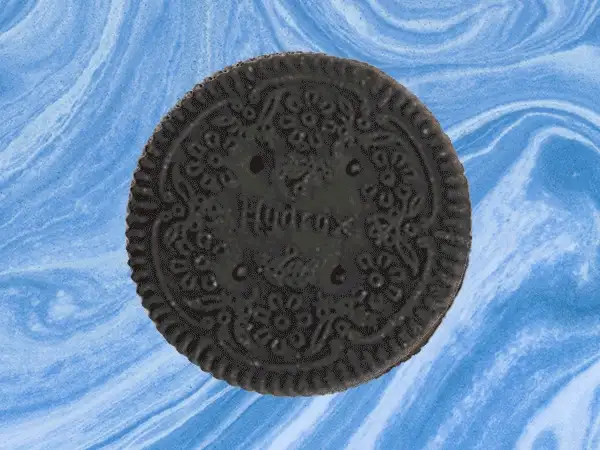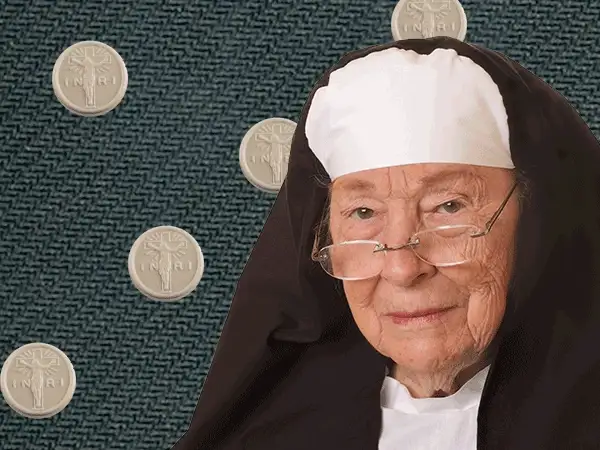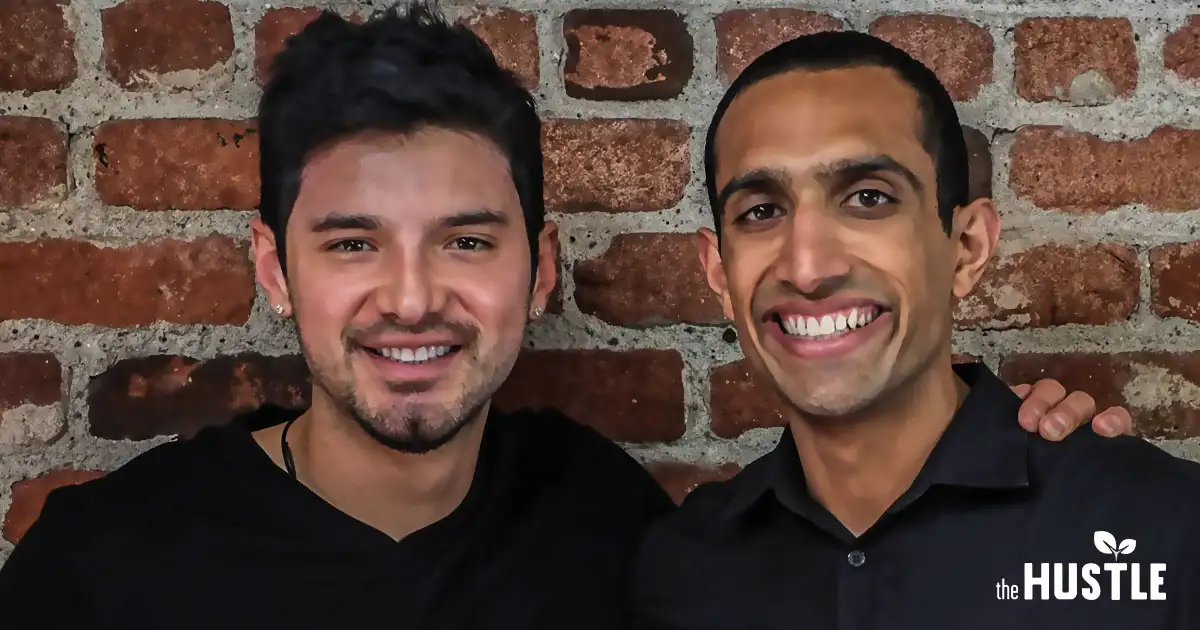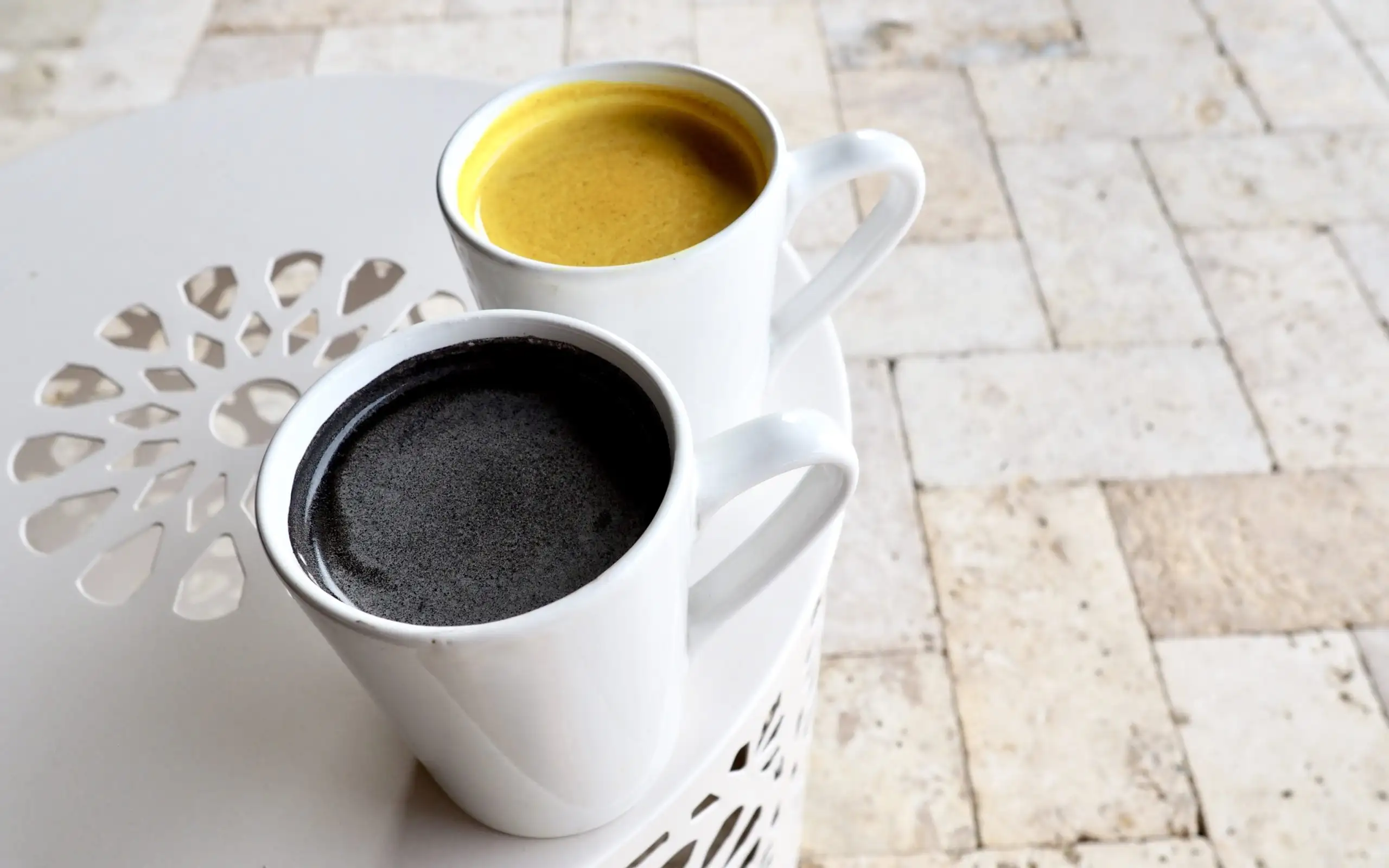SunnyD was ‘90s kids’ drink of choice – until a medical mystery in a small Welsh town torpedoed its future.

If you’ve heard of Sunny Delight, or grew up in the ‘90s, chances are you’ve seen that ad.
You know the one: a group of kids, just in from a volleyball game, peer into a fridge. “We’ve got soda, OJ, purple stuff,” one of them says. “Sunny Delight!” another calls out.
The ad finishes with the line, “the good stuff kids go for.”
Sunny Delight’s “purple stuff” commercial in the ‘90s helped the brand reach wildly successful heights. (YouTube)
In the late ‘90s, ad agency Saatchi & Saatchi created a more festive version of the ad for the holidays.
Instead of kids, the thirsty athletes would be snowmen. Instead of gathering around a picnic table, they’d drink the juice and their white rotund forms would turn orange with delight.
What started as a bit of festive fun would turn into a scandal when, two days after Christmas in 1999, on the cusp of Y2K, a news story broke. A doctor in Rhyl, a seaside town in Wales, said he’d just seen a five-year-old patient at the hospital.
Her skin, he said, was orange, and the culprit was too much Sunny Delight.
Who got into the Sunny Delight? These snowmen are so busted. (YouTube)
It was spectacularly bad timing. The ad, meant to be playful, looked instead to parents like confirmation.
Today, the girl’s story is the stuff of urban legend. Was she real? And, even if she wasn’t, why did her story change the future of Sunny Delight forever?
Liquid sunshine
In 1998, Sunny Delight exploded onto the UK juice scene.
Within 18 months, it had become the country’s third-ranked soft drink, behind only Coke and Pepsi, and was raking in ~$250m per year. Supermarket lines snaked around stores, and supplies dwindled — in some markets, they sold out completely.
“I remember when the Sunny Delight promo team came to Rhyl and everyone went crazy grabbing all the little bottles like they’d never had a drink in their lives,” says Rhyl resident Lynsey Hedley with a laugh. “It was embarrassing.”
By Christmas of the next year, the young girl was admitted to hospital. Dr. Duncan Cameron told The Daily Telegraph that his young patient was drinking 1.5L of the orange stuff every day.
The Hustle
Marketed as fruit juice, but containing mostly water and corn syrup, Sunny Delight was also cheaper than juices like Tropicana, making it an appealing buy for parents.
“The company was creating an aura of a drink that parents could feel good about giving to their kids,” says Duane Stanford, editor and publisher of trade magazine Beverage Digest. “That wasn’t always truly the case when you looked at the ingredients.”
After the scandal, the company’s UK sales dropped by a third. In Rhyl, however, it was as popular as ever. “I know some drank lots trying to get the same effect,” one resident says.
News of the little girl’s plight landed in newspapers across the US. There, the story only added to an already embattled industry. Sugar was falling out of favor, and market share of sugary drinks like Sunny Delight was under siege.
“As consumers started pushing back against sugar, the brand got the rug pulled out from under it,” Stanford told The Hustle.
What was once a busy parent’s dream, selling out of supermarkets, had turned into a public relations nightmare.
The Hustle
The scandal signaled the start of a years-long struggle for the company. In the US, they launched a “strongest kid in America” contest, but the finals — which saw 10 kids flown to New York to compete for the title — were disrupted by the September 11 attacks.
That same year, parent company Procter & Gamble was set to enter into a partnership with Coca-Cola that would include Sunny Delight, Minute Maid orange juice, and Pringles chips, when Coke abruptly pulled out of the deal.
The next year, Florida’s Department of Citrus began a campaign to expose what they called Sunny Delight’s “fraudulent marketing.”
Despite orange juice’s $3.5B annual grocery store sales, the department felt Sunny Delight’s $700m in supermarket sales was encroaching on its turf.
It started a website, sunnydeception.org, where customers could complain. It insisted that the pictures of oranges on Sunny Delight’s labels were misleading customers.
The Hustle
Eventually, the Department of Citrus threatened to sue.
P&G acquiesced, agreeing to change its “real fruit beverage” tagline to “orange flavored citrus punch with other natural flavors.” (It also swapped out some of the oranges on its label for a medley of fruits.)
Busy parents’ dream
Created back in 1963 by a pair of Florida dads who wanted to offer their kids something tastier to drink, Sunny Delight never explicitly called itself healthy.
But it did emphasize it was made in Florida, and that it was fortified with vitamins like vitamin A and C that kids needed for a balanced diet.
“The line we always used to say was, it’s Coke with vitamins,” Jon Walsh, Sunny Delight’s brand manager at the time of the scandal, told the BBC. “Back then, that was seen to be a positive.”
Even though the juice was shelf-stable, the company employed a common marketing strategy and insisted grocers keep it in the fridge next to the orange juice, not the soft drinks, so it borrowed their healthful associations.
Jugs of SunnyD share coveted fridge space in a Miami supermarket with the world’s biggest orange juice brands. (Jeffrey Greenberg/Universal Images Group via Getty Images)
Research shows that consumers hold food and drink brands to a higher moral standard than other companies, making it harder for them to come back from health scandals.
Chandler Yu, assistant professor at Penn State University, described an experiment he ran in which the outcome was the same — five people died — but two different companies caused the crisis. One was a car manufacturer with a brake pedal issue, and one was a food company with bacteria in their product.
“People have much stronger negative emotions toward food,” he says. “People rate the food crisis as more unethical. It triggers feelings of disgust.”
It’s rare for a food or drink company to survive once it engages those feelings, Yu says. Consumers want to see those brands punished.
Disgust is a defense mechanism hard-wired into humanity over centuries to prevent disease. Once that emotion shows up, Yu says, it’s almost impossible to counteract.
“Except for building a really strong brand, and practically showing that they’re preventing all those things from happening again, there’s really nothing they can do,” he says. “It’s human nature.”
Sunny D tried starting over.
A value pack of SunnyD’s vodka seltzers, available at stores like Walmart. (SunnyD)
Over the years, the company changed hands from one private equity firm to another and reformulated its recipe to radically reduce its sugar content. In 2009, it launched a line of smoothies to gain an edge in a market increasingly focused on health and wellness.
The brand caused another furor four years ago when a social media manager inexplicably pivoted the brand’s tone to… depression.
But last year there was finally good news.
Like Pepsi’s Mountain Dew and Coca-Cola’s Simply Orange before it, SunnyD made a radical change. It entered the alcohol market, with a line of vodka seltzers. And people really liked them. (On a Reddit thread that asks, “drank or stank?” the results were a hard drank.)
“That’s put them back on the map in some ways,” Sanford says.
Still, the orange girl controversy lives on.
A wild Wales chase
I knew the 90s scandal itself was definitely real, but was less convinced of its origin story. A girl turning orange sounded like something straight out of Willy Wonka. I wasn’t the only one.
“The UK is prolific for the stories about so-and-so drinking 50 liters of Coke a day. A lot of it is actually just really extreme or just not true,” Stanford says. “I’m highly skeptical that that happened.”
A sheepish snowman from the ad that launched 1,000 questions about Sunny Delight’s effect on children’s health. (YouTube)
As I began to dig, no one seemed to want to talk about it. A film producer also searching for tales about the girl ignored my emails and phone calls. Notes to the primary schools in Rhyl, the seaside town of 25k where the girl had apparently lived, went unanswered. A Reddit commenter who claimed to know her, and said she’d received a substantial payout from P&G, also didn’t reply. A longtime teacher at the local high school said she had no knowledge of the situation.
Even Sunny Delight’s former longtime CEO, who ran P&G’s North American juice division before taking charge of the orange stuff, refused to confirm or deny that the girl was real.
“That story predates my time on SunnyD,” said Billy Cyr, now CEO of Freshpet.
I tracked down Dr. Duncan Cameron, the doctor quoted in the old stories. He’s the only person mentioned by name in the entire kerfuffle, and still works as a pediatrician in Wales. He didn’t return my emails.
“The girl has always remained anonymous and probably wants it to stay that way,” one Rhyl resident, Louise Town, told me.
Sunny Delight rebranded as SunnyD in 2003, and now sponsors a NASCAR team in addition to their line of vodka seltzers. (Jeff Robinson/Icon Sportswire via Getty Images)
Eventually, I found a number for Dr. Cameron in a church bulletin his wife writes for their local parish. I called and left a message, but never heard back.
At last, I found an audio clip of the doctor from an episode of the BBC’s “Money Programme” in 2003, which seemed closer to proof that the patient’s story was real after all.
“We took some blood samples to check for the beta-carotene levels and they were enormously elevated. They were some of the highest levels that had been recorded in the reference laboratory in Birmingham,” he told a reporter.
“The clear explanation for her symptoms was the excessive intake of Sunny Delight.”





